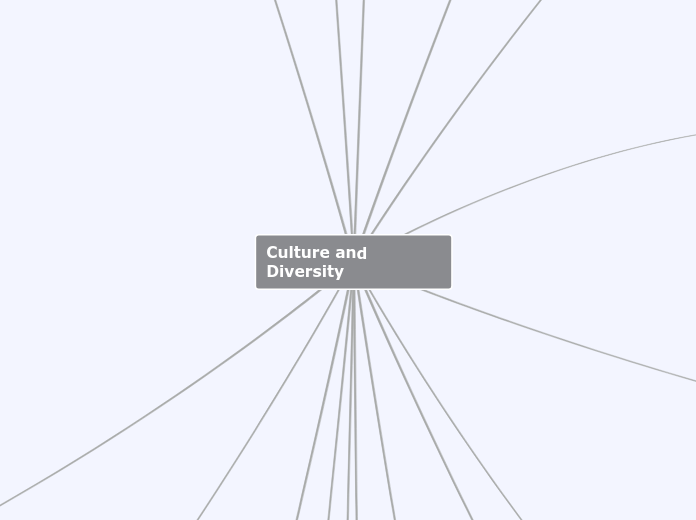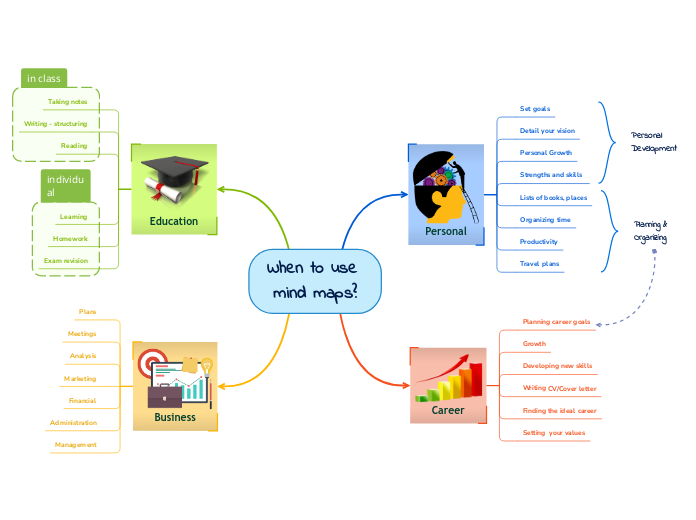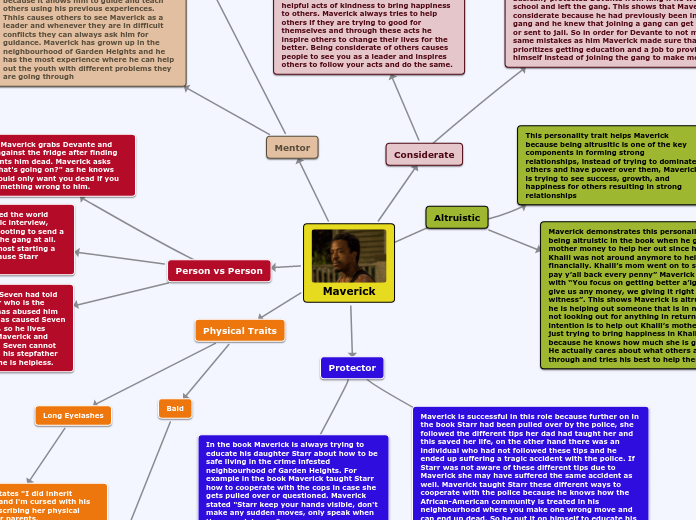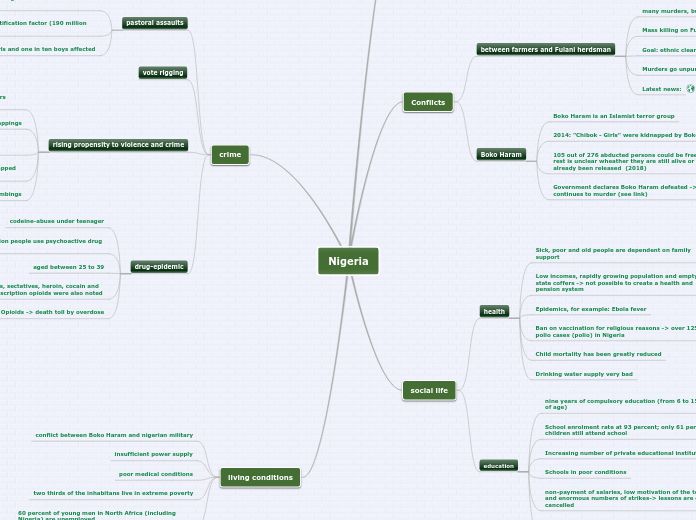da Noelle Rohovit mancano 6 anni
171
Culture and Diversity
In an educational setting, it's crucial to foster an inclusive environment that respects and embraces cultural diversity. Teachers should avoid stereotypes and see each student as an individual with unique potential, as emphasized by Chieko Okazaki'









